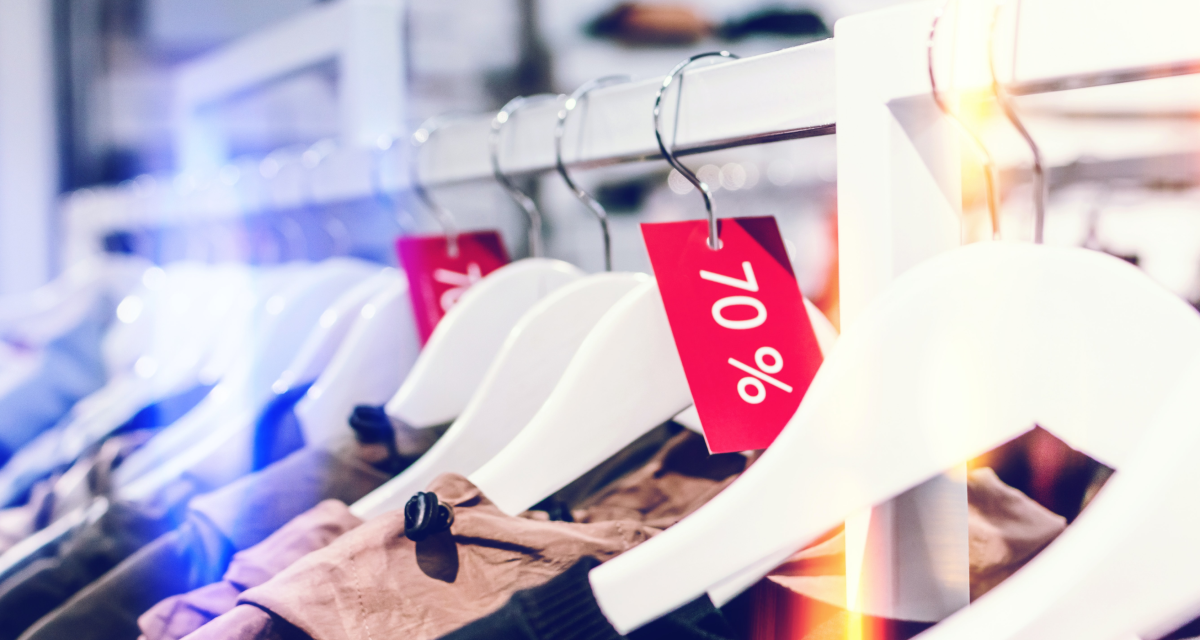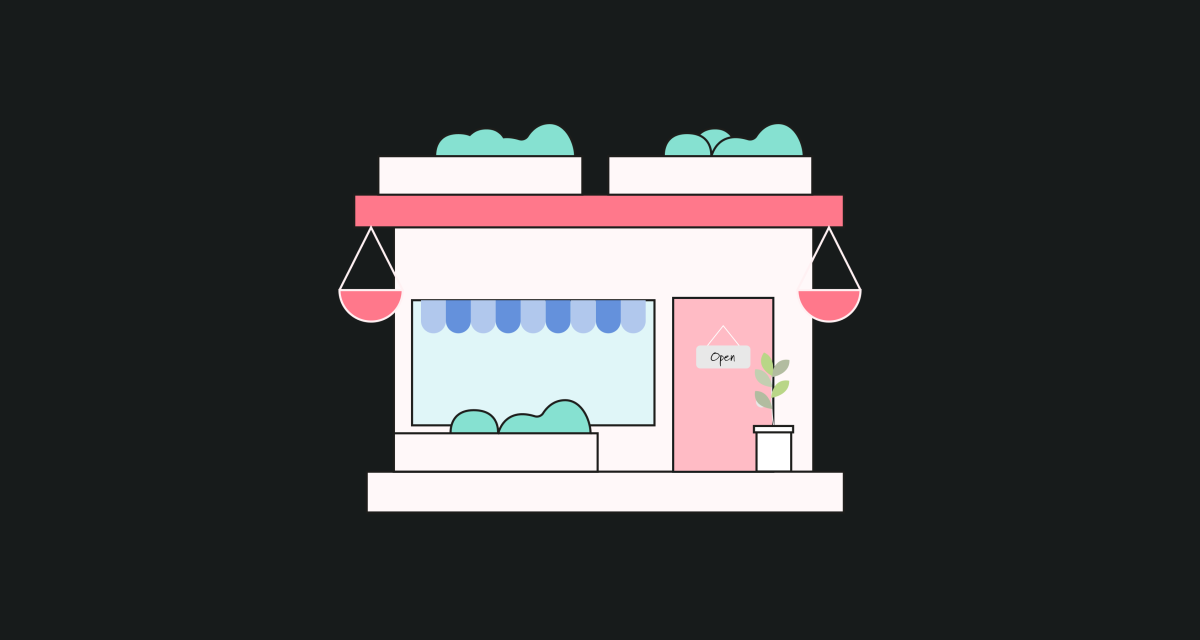Discounts. Sales. Deals. We’ve all heard of Black Friday. But what impact does it have on you as a small business owner?
Black Friday – which is the Friday following American Thanksgiving – is regarded as the busiest shopping day of the year and officially kicks off the holiday shopping season.
While Black Friday is often a way for big brands to offer massive discounts, there are ways that smaller businesses can get involved and enjoy the benefits that the Black Friday hype has to offer.
We’ve pulled together some pros and cons to Black Friday for small business owners.
The pros
As an internationally recognised shopping day, leveraging social media, customer comms and marketing for your business means you can capitalise on the hype and get more customers interested in your products or services.
Increased traffic to your website: with all this awareness around Black Friday creating the buzz you need, you can boost traffic to your website. Make sure to plan your social media or marketing outputs in advance to be able to ride the hype wave! One way to do this is by researching popular hashtags to make sure new customers can find you. Hashtagify, for example, is a free search tool that lets you check popular hashtags and related terms you could use (you get 2 free searches per day).
Acquire new customers: this will also see new customers come through your doors. With so many people looking to buy a range of items and gifts for the festive season, ramping up your customer outreach and offering sales will help bring in new customers.
Build customer loyalty: of course, new customers are great, but you need to build your brand and maintain the customers you have too. As much as there is hype around Black Friday, it’s also a noisy space, and a lot of people will be competing for your customers' attention.
Shifting stock: this is the perfect time to clear old inventory and understand what customers are looking to buy in the runup to Christmas.
The cons
With every pro, there's a con. Black Friday has been made popular in recent years not only for the social media around it but by the massive savings big brands can afford to offer customers. For smaller businesses and side-hustlers this isn’t as easy to replicate.
Demand for discounts: Black Friday is the sales day of the year, and so consumers will expect discounts and special offers from you, oftentimes not only on the day but during the run-up to it too. Of course, smaller businesses can’t afford to discount as much as big brands do, but customer expectation often means that you have to.
Lower sales numbers before and after: this links to the first point. Customers are expecting a bargain, price drop or sale during this time, they’ll just hold out on buying anything until the price moves. This means you could often see your sales decline in the weeks leading up to, and after Black Friday.
Increase in returns: with the lead up to the festive season and the frenzy of finding hot deals, this can cause customers to buy things they end up returning. Unfortunately, these items are often not returned in time to be sold before Christmas.
Running out of inventory: with increased sales, you run the risk of running out of stock. Not only will this mean a loss of potential sales, but will also mean the potential loss of future customers. Make sure to plan ahead of time to ensure you have enough of your merchandise to offer customers.
Black Friday is a well-known shopping day and if you time it right, you can ride the hype, drawing in more customers and helping to shift your stock. But it comes with a downside: smaller businesses aren’t as able to offer the big brand discounts and sales.




